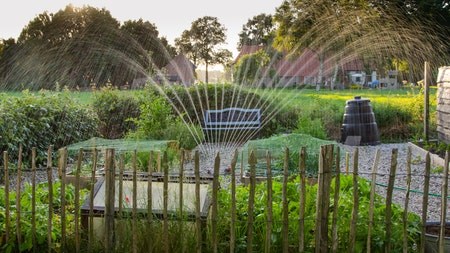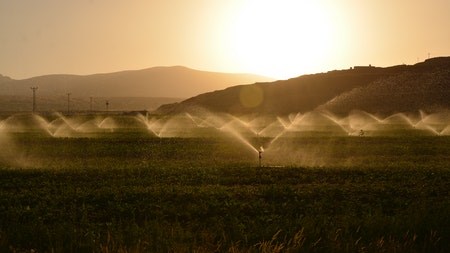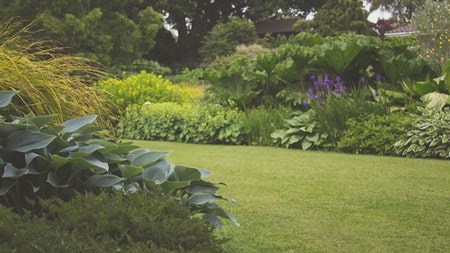Watering your garden regularly is a huge part of ensuring that your plants flourish and look appealing. This may that you dedicate a lot of time and energy per week to water your garden. An easier way to ensure that your plants are regularly hydrated is to install a DIY garden irrigation system. It’ll ensure that even if you’re too busy or are away from home, your plants get the water they need. Although they are cost-effective, they are a bit complicated to make, which is why we’ve compiled this how-to guide to help you get started:
1. Decide on the type of garden irrigation devices you want
There are a variety of garden irrigation systems that you can choose to install. These are:
Drippers - Drippers are used to water plants that are in containers or individual plants. They are colour-coded to differentiate between different flow rates, with lower flow rates recommended for soil that’s less porous, such as clay. Pressure-compensating drippers (PC drippers) are recommended for a steady flow of water pressure.
Sprayers - They are similar to sprinklers except that they have no moving parts. Sprayers with adjustable spray patterns can be bought, or you can purchase one with a spray pattern from a quarter to a full circle.
Bubblers - Bubblers are a hybrid between drippers and sprayers, but they let out more water than drippers do, making them perfect for shrubs, tomatoes, and roses.
Sprinklers - They are much like your normal garden sprinklers, except they are smaller and have a very high flow rate.
Soaker Drip Line - A soaker drip line, also known as emitter tubing, is a tube with built-in drippers. It’s the perfect choice if you’re looking to water a row of plants or a vegetable garden.
2. Check your garden tap’s water pressure
Get a pressure gauge to accurately measure your garden’s water pressure. You can purchase this from a warehouse or an irrigation supplier.
Water pressure that falls below 3 bars or is above 8 bars will require assistance from a
professional because below 3 bar is too low water pressure and a booster pump will be needed. Water pressure that’s above 8 bars is too high and may result in your irrigation pipes bursting.
Checking your water pressure is vital because it’ll determine whether or not you can install your irrigation system on your own.
3. Design your garden irrigation system
To design your own irrigation system, get a property plan of your garden that’s drawn to scale. Be sure to make notes of the positioning of your trees, flowerbeds, etc. Planning adequately will ensure that you minimise potential damage to your garden and it will also determine the complexity and size of your garden. Gardens that are too large or too complex are not suited for DIY irrigation systems as they require special equipment and design that only a professional can assist with.
In your planning, decide where every type of water device will be placed. It’s recommended that sprinklers be placed half the diameter they spray away from each other. For example, if a sprinkler sprays a diameter of 8m, each sprinkler should be placed 4m away from the other.
4. Decide what types of materials you need and how many
Be sure to research various brands and their warranties before making a purchase. Create a list of materials you’ll need and don’t hesitate to ask the supplier for tips and questions about how to install your DIY irrigation system.
5. Create and install your garden irrigation system
You should decide which part of your garden you’re going to install your DIY irrigation system. It’s recommended that you connect it to the main water supply. You can dig a hole to find the main water supply or connect it to a nearby tap at the bottom of the tap’s riser.
Creating a trenching plan to determine where the trenches your sprinklers will go in is recommended. You may need help with digging and accurate planning.
6. Check your water irrigation system
Now that you’ve installed your system it’s time to check if it works accurately. Adjustments should be made to your sprinklers if necessary.
You can set your water irrigation system to spray at least 3 times a week for 12 to 15 minutes. Watering can be reduced by half during the colder seasons (autumn and winter).
To kick it up a notch, a weather monitor can help you adjust watering times based on the season.
Watch the video below for more on how to make a DIY garden irrigation system:
Using the tips above, you can ensure that your garden stays watered throughout the year with an efficient DIY garden irrigation system.





